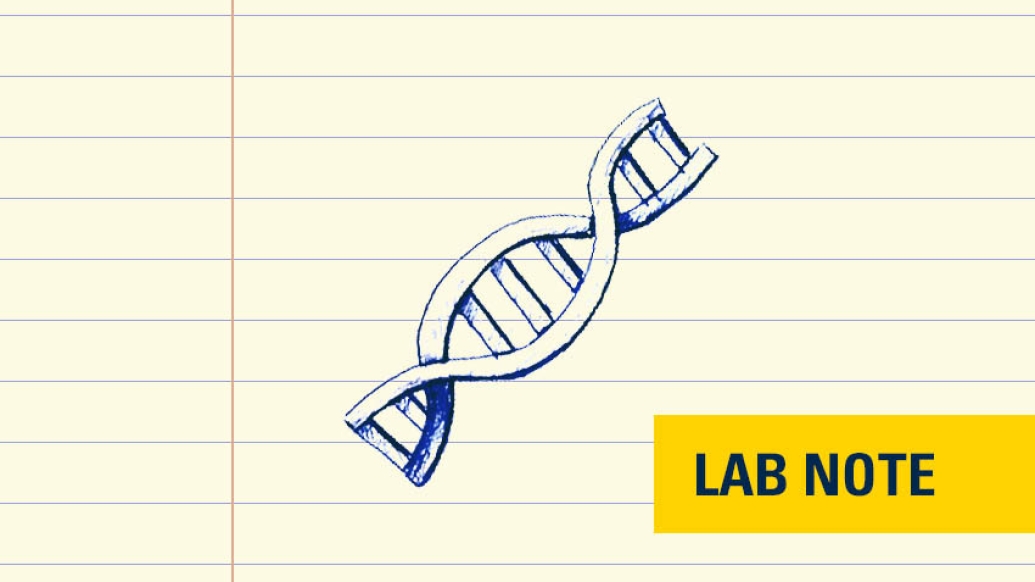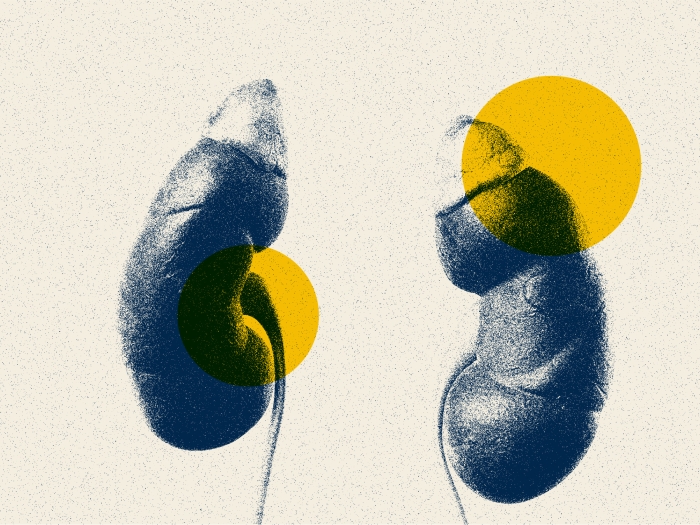Researchers say it leaves most intronic sequences untouched as transcripts are being synthesized.
2:44 PM
Author |

In an article published in the journal RNA, Karan Bedi, Ph.D., a bioinformatician in Mats Ljungman's lab, Department of Radiation Oncology at the University of Michigan Medical School, found that splicing, the cellular process through which RNA is turned into mature messenger RNA by removing sequences known as introns, is quite inefficient.
Bedi and her colleagues found that splicing leaves most intronic sequences untouched as the transcripts are being synthesized.
"Splicing is an incredibly complex process because of the great number of proteins involved that repeatedly need to assemble and disassemble at each junction. Also, the speed at which transcription generates RNA is quite fast so the splicing process has to be well organized. Many steps can go wrong and lead to various pathologies, which is why it is so important to have a better understanding of how splicing happens and how it is regulated," said Bedi.
Paper cited: "Cotranscriptional splicing efficiencies differ within genes and between cell types," RNA. DOI: 10.1261/rna.078662.12

Explore a variety of healthcare news & stories by visiting the Health Lab home page for more articles.

Department of Communication at Michigan Medicine
Want top health & research news weekly? Sign up for Health Lab’s newsletters today!





